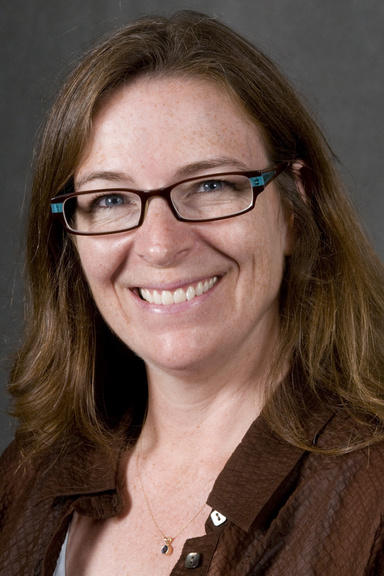Learning to drive is usually an exciting milestone for teens, but for parents it may be more worrisome than wonderful. National statistics show motor vehicle crashes are the leading cause of death among teenagers and that crash rates for teens are highest during the first six months of driving.
And while parents want to help their children to learn to drive safely, many dread the tension (and eye-rolling) that often punctuate driving lessons.
As part of a study to help encourage safe teen driving in Iowa, researchers with the University of Iowa College of Public Health's Injury Prevention Research Center (IPRC) in collaboration with Blank Children’s Hospital conducted a “deep dive” into what was known about teen driving.
“We realized there were programs and policies that address parents, and they were all based on making rules and setting limits, which has to be done,” says Corinne Peek-Asa, UI professor of occupational and environmental health and director of the IPRC. “But we also dived into the developmental literature to find out that’s exactly what teens don’t want.

“We also found that in communication studies, conversations about driving were among the most fraught between parents and teens,” continues Peek-Asa. “So there was clearly a problem with the communication, even though some very effective policies and tools for parents were available.”
Based on these findings, the researchers developed a new program called Steering Teens Safe.
“Steering Teens Safe is specifically a communication strategy that increases engagement of parents with their teen drivers, because we know parents were backing away from that role,” says Peek-Asa. “It increases the quality of communication, and it increases the quantity of both communication and driving supervision. The goal is to motivate teens to choose safe driving behaviors when they’re driving unsupervised.”
The program was tested through a Centers for Disease Control and Prevention-funded randomized trial and found to be effective.
“Parents were engaged and rated the program highly, and the reported risky driving of teens did go down,” says Peek-Asa. “We had an effective program, so the next step was to research where it might fit and how to get it out there.”
As one avenue, the researchers are currently looking at ways to adapt Steering Teens Safe to driver’s education programs. They’re also actively working with three Iowa businesses to integrate Steering Teens Safe into workplace wellness programs.
At those work sites, an individual within each company is recruited to be the lead trainer for the program. That person receives special training to learn motivational interviewing, the communication technique used in Steering Teens Safe. During a session typically held over the lunch hour, the lead trainer then teaches a group of parent-employees how to use this type of communication style with their teen-aged drivers.
“[The program] looks at the type of questions to ask and how to respond to things your teen might say,” explains Kari Harland, senior analyst with the IPRC. “An important thing about this communication style is that it allows the teen some autonomy. It’s not just an ‘I’m going to tell you what to do’ conversation, but it allows teens to come up with their own ideas, and parents can redirect when needed."
The workplace wellness groups meet at the one- and three-month marks to practice the communication techniques again and to gain support.
“It’s a way for the parents to come together and say, ‘OK, I talked to my teen, and this went terribly wrong, but this worked well.’ They can discuss how the conversations went and learn from each other’s experiences,” says Harland.
Participants also complete a series of online questionnaires and a self-guided tutorial on teen driving. The researchers will use the surveys to measure changes in communication style, teens’ reactions, risky driving behaviors, and other areas.
The goal is to give the workplaces the tools and support that will enable them to continue offering Steering Teens Safe as part of their wellness programs even after funding for the research ends.
“We’re really excited to take a program that’s liked by both parents and their teens and find ways to disseminate it effectively to the community,” says Harland.
